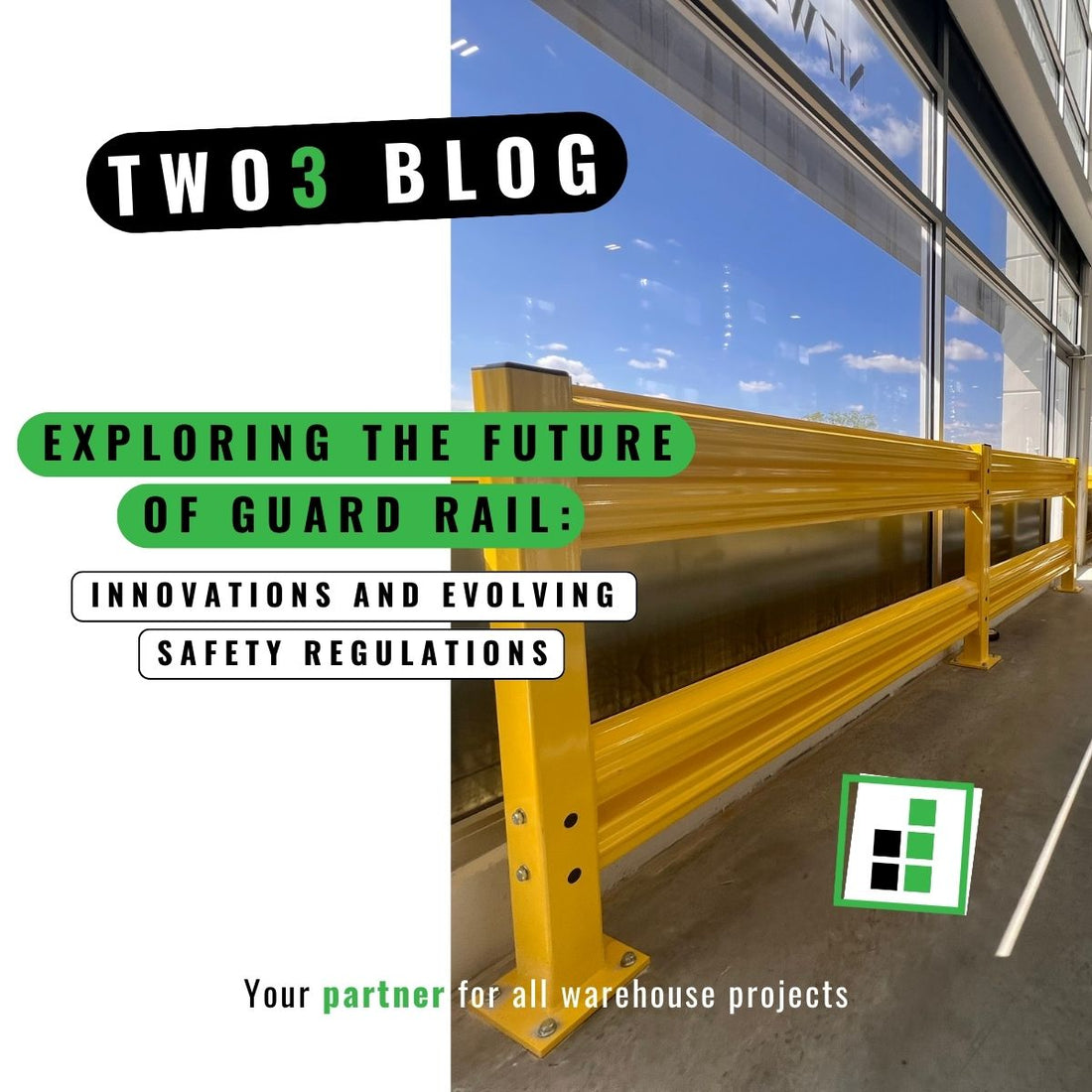
Exploring the Future of Guard Rail: Innovations and Evolving Safety Regulations
Share
Is Your Workplace Safety Ready for the Future?
The world of workplace safety is constantly evolving, with industrial guard rail design and safety regulations at the forefront of this change. As industries continue to grow and new safety challenges emerge, the future of guard rail systems is set to undergo significant transformations. This blog post explores the upcoming trends in guard rail design and the expected shifts in safety regulations, providing insights into what businesses can anticipate in the realm of workplace safety.
Advanced Materials for Enhanced Protection
One of the key trends in guard rail design is the integration of advanced materials and technology. The future will likely see guard rails made from lighter yet stronger materials, offering enhanced durability and resistance to impact. Innovations such as carbon fiber or advanced polymers are set to replace traditional steel in certain applications, providing the same level of protection with added benefits like corrosion resistance and ease of installation. Additionally, the integration of smart technology, such as sensors that alert when a guard rail is compromised or impacted, is expected to become more prevalent, enhancing safety measures and preventive maintenance.
Strengthening Safety Regulations Worldwide
In terms of safety regulations, there is a clear trend towards more stringent and comprehensive standards. As workplace accidents continue to be a major concern, regulatory bodies worldwide are expected to implement stricter guidelines for guard rail installations. These regulations may include mandates on regular inspections, specific design requirements for different industries, and the incorporation of technological advancements for real-time safety monitoring. The aim is to not only prevent accidents but also to ensure a rapid response when safety barriers are breached.
Adaptable Guard rails for Diverse Environments
Another significant trend is the customization and versatility of guard rail systems. Future designs are expected to be more adaptable to various environments and use cases. This means guard rails that can be easily configured to fit different spaces, heights, and angles, catering to the unique needs of each workplace. Such versatility will be crucial in industries where standard guard rail solutions are not feasible due to space constraints or unusual layouts. Customizable guard rails will also allow businesses to adhere to safety regulations without compromising on operational efficiency or space utilization.
Conclusion
In conclusion, the future of guard rail design and safety regulations is geared towards innovation, stricter standards, and adaptability. As materials and technology advance, guard rails will become more robust, intelligent, and tailored to specific industry needs. Concurrently, safety regulations will evolve to encompass these advancements, ensuring that workplaces remain safe and compliant. For businesses, staying up on these trends is essential for proactive planning and maintaining a safe working environment for all employees.



FAQs:
- What are guard rails in warehouses, and why are they necessary?
Answer: Guard rails in warehouses are safety barriers installed to protect people, equipment, and structures from accidents involving vehicles like forklifts. They are essential for delineating safe walkways, protecting storage areas, and preventing collisions. - Can guard rails be customized for different warehouse layouts?
Answer: Yes, guard rails can be customized in length, height, and strength to suit various warehouse layouts and specific safety requirements. They can also be designed to fit around corners and other unique structural features of a warehouse. - How do guard rails enhance safety in warehouse operations?
Answer: Guard rails create physical barriers between pedestrian areas and vehicle routes, significantly reducing the risk of accidents. They also protect shelving and equipment from vehicle impacts, contributing to a safer working environment.
- What materials are typically used for warehouse guard rails?
Answer: Most warehouse guard rails are made from steel, known for its durability and strength. Some might have additional features like high-visibility colors, reflective strips, or padded surfaces for extra safety.
-
What should be considered when installing guard rails in a warehouse?
Answer: Key considerations include assessing the traffic flow, identifying high-risk areas, complying with local safety regulations, and choosing the right material and design for the specific needs of the warehouse. Proper installation by professionals is crucial for ensuring effectiveness and compliance with safety standards.


